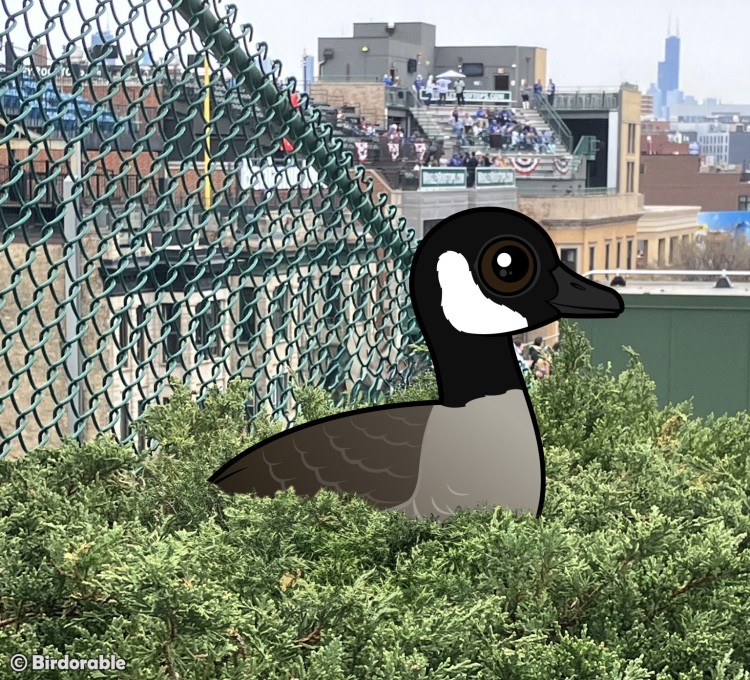Canada Goosebumps at Wrigley: Feathered Fan Moves In

Actual photo of Wrigley Field's newest resident
There’s a new fan at Wrigley Field—and she’s got feathers.
A Canada Goose recently found her way into the bleachers at Chicago’s iconic ballpark, home of the Cubs. Instead of honking for hot dogs, she picked a prime seat and settled right in.
Wrigley staff spotted the fluffy visitor and kindly blocked off part of the bleachers to give her a safe spot to nest (if she is indeed nesting -- whether or not she's on eggs is presently unknown).
Is she a big Cubs fan? Probably! (At least, we hope she is. We here at Birdorable are.)
One thing’s for sure: this goose hit a home run with her seat choice.
Read more about the Wrigley Field goose at MLB.com.





Comments
Be the first to comment
Thank you!